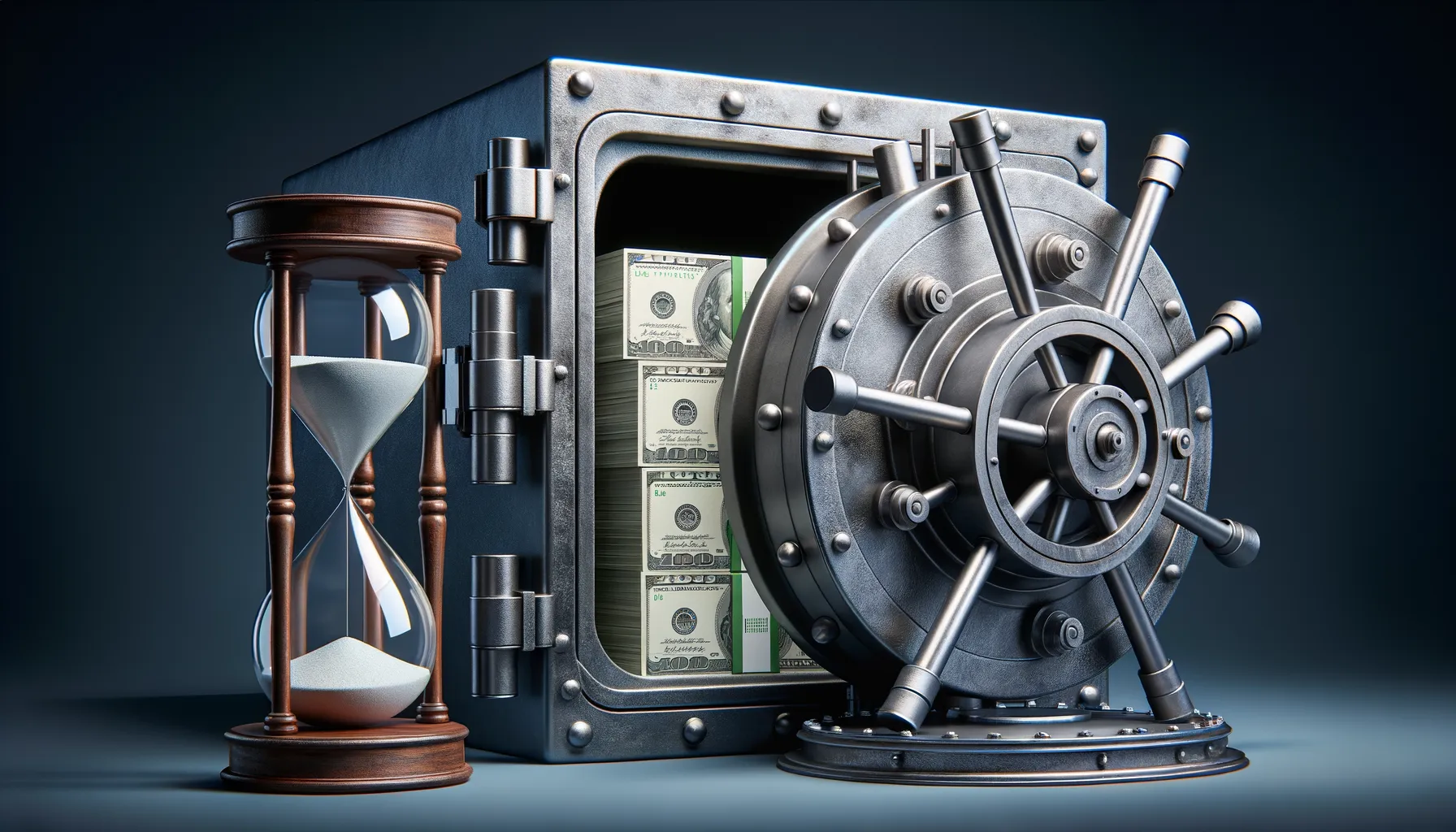How to Protect Your Finances from Inflation
Understanding Inflation and Its Impact on Your Finances
What Is Inflation and Why Should You Care?
Picture this: a few years ago, you could walk into your favorite coffee shop, order your go-to latte, and still have change left for a pastry. Today? That same cup of coffee costs more, and your wallet feels the pinch. This is the work of inflation — a quiet but persistent force that erodes your purchasing power over time.
In simple terms, inflation is the gradual increase in the prices of goods and services. It’s not just your coffee, it’s your groceries, your rent, and even the cost of streaming your favorite shows. As prices rise, the same amount of money buys you less.
How Does Inflation Sneak Into Your Life?
Inflation isn’t just a headline for economists—it’s in your daily life. Here’s how it might show up:
- Your paycheck stays the same, but the rent keeps climbing.
- The dream vacation you’ve been planning suddenly costs much more than expected.
- Even essentials like gas or utilities start burning a bigger hole in your budget.
The impact? If your income or investments aren’t growing faster than inflation, your financial security takes a hit. Understanding this invisible menace is the first step toward protecting yourself from its grip.
Strategies to Safeguard Your Savings Against Inflation

Think Beyond the Piggy Bank
Inflation is sneaky—it quietly erodes the value of your hard-earned savings over time. Imagine storing your cash in a jar, only to find it buys you fewer groceries next year than it does today. Painful, right? That’s why safeguarding your money from inflation takes more than old-school saving methods.
First, keep your savings in a **high-yield savings account**. These accounts typically offer interest rates designed to outpace regular savings. While they may not entirely beat inflation, they soften its impact.
Next, embrace the power of diversification. Instead of keeping all your funds in one place, explore options like:
- Certificates of Deposit (CDs): These lock your money and often yield higher returns.
- I Bonds: A government-backed gem specifically designed to protect against inflation.
Let Your Money Work Smarter
Did you know that some daily habits make a difference? For example, cut back on subscriptions you don’t use and redirect those dollars into an investment or savings account. It’s like planting seeds for your financial future—small actions today can grow into significant payoffs tomorrow. Stay proactive and watch your savings thrive despite inflation’s bite!
Investment Options to Outpace Inflation

Grow Your Wealth While Beating Inflation
Inflation can feel like a sneaky thief, slowly chipping away at the value of your hard-earned money. But don’t worry—you’re not defenseless! There are smart investment moves that can help you stay ahead of rising prices and secure your financial future. Imagine your dollars working double shifts for you, outpacing inflation like a sprinter pulling ahead in a marathon.
One powerhouse option is investing in stocks. Why? Over time, well-chosen stocks tend to offer returns far greater than inflation rates. Consider companies producing essential goods—think energy or healthcare—since their prices often rise with inflation, protecting your investments from stagnation.
For a steadier ride, turn your attention to real estate. Real assets like property tend to grow in value as the cost of living increases. And if you rent it out? That’s an extra stream of income boosting your wallet.
- Government bonds: Specifically, TIPS (Treasury Inflation-Protected Securities) are designed to move with inflation rates. Low risk, strong defense.
- Gold: This timeless asset acts as a hedge against both inflation and market uncertainty.
- High-yield savings accounts: These might not sound flashy, but look for ones with interest rates climbing alongside inflation.
Picture this: instead of letting inflation nibble away at your savings, you spread your net wide with diverse investments. It’s about playing offense, not defense! By exploring these opportunities, you’re giving your money not just a shield—but a sword too.
Practical Budgeting Tips During Inflationary Periods

Stretch Your Dollars Without Sacrificing Joy
When prices seem to rise overnight, it’s easy to feel overwhelmed. But don’t worry—practical moves can help you stay in control without feeling deprived. Start by closely examining your spending habits. Think of your budget as a garden: what’s thriving, and what’s just taking up space? Do you really need three streaming subscriptions or that daily coffee-to-go?
One way to take charge is through the “three Rs”: reduce, replace, reuse.
- Reduce: Cook meals at home instead of dining out—it’s kinder to your wallet and your waistline.
- Replace: Swap branded products for store labels; often, they’re identical but priced lower.
- Reuse: Before buying, ask yourself: can I fix, borrow, or repurpose what I already have?
Supercharge Your Savings with Small Tweaks
Inflation loves to hide in everyday habits. A tip? Adjust your grocery shopping strategy. Have you noticed how bulk items or generic brands are often just as good (if not better) than pricier alternatives? And don’t forget loyalty programs—they can feel like finding unexpected change in your pocket.
Lastly, think seasonal: buy produce when it’s in season or freeze extras for later. These small steps add up faster than you’d imagine, leaving you more room to breathe financially—without giving up life’s little pleasures.
Building a Long-Term Financial Plan Resilient to Inflation

Embrace Change: Adapt Your Financial Plan for the Long Haul
Doesn’t it seem like every trip to the grocery store feels more expensive than the last? That’s inflation creeping into your life—and it doesn’t just stop at bread and coffee. Protecting your financial future demands a plan that can weather these invisible storms. To start, think of your long-term financial strategy as a sturdy ship. Without resilient sails and a clear compass, even the calmest waters could leave you adrift.
One of the strongest tools in your kit? Diversification. Don’t put all your eggs—or dollars—into one basket. Consider allocating your investments across assets that thrive during inflation, like stocks, real estate, or inflation-protected securities. This ensures you’re not relying solely on savings sitting idle in a bank account, slowly losing value.
- Revisit your goals annually: What worked when inflation was at 2% may crumble at 6%.
- Prioritize income growth: Invest in yourself by acquiring new skills or exploring side hustles to outpace rising living costs.
Ultimately, resilience means being proactive and flexible. Inflation may blow strong winds, but with the right adjustments, your financial ship can stay steady on course.
